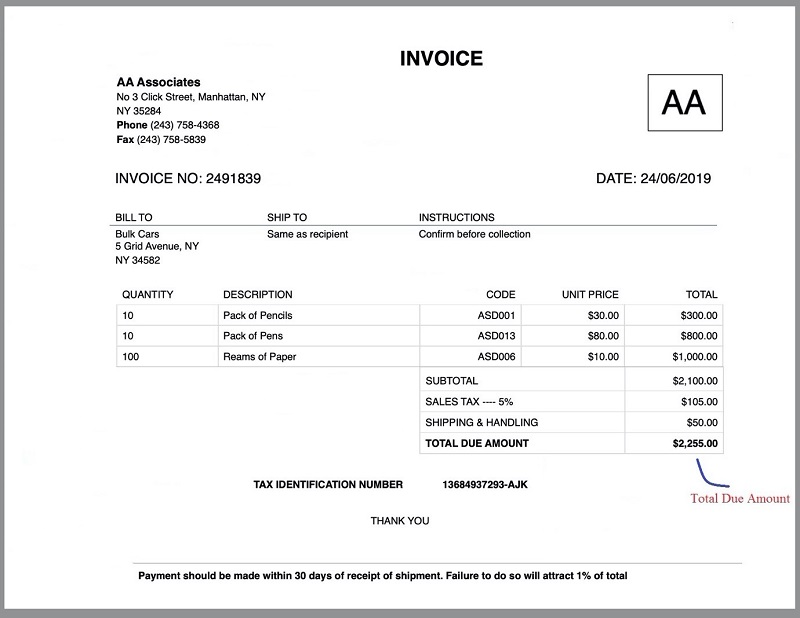
If an order has payment terms set, then you can edit or remove the due date.


To set the payment due within a time duration of an issue date, select one of the Within days options, and then enter the Issue date.To set the payment due on the day that you fulfill all items in the order, select Due on fulfillment.To set the payment due on the day that you send the invoice, select Due on receipt.Select one of the following Payment terms: In the Pending section, click Add payment terms. Steps:įrom the Orders page, click order number. If the order is not paid by the due date, then the order status becomes Overdue. Fixed term: Use this option to set the payment as due on a specific date.By default, the issue date is set to the current date, but you can change the issue date after you select a net term option. For example, you can choose Within 30 days, and the payment due date is set to 30 days after the issue date. Net term: Use this option to set the payment as due within the specified number of days from the issue date.Due on fulfillment: Use this option to set the payment as due on the date that you fulfill all items in the order.

Due on receipt: Use this option to set the payment as due on the date that you send the invoice to your customer.You can choose from the following options when setting the payment terms: If an order has a status of Payment pending, then you can add payment terms for orders that are due to be paid at a later date. Payment terms let you set the date that payment is due.
#Invoices due full#
įor orders with a full or partial outstanding balance, you can send an invoice to you customer for the order, accept the payment for the order by credit, or mark the order as paid if you have already received payment by another method.


 0 kommentar(er)
0 kommentar(er)
